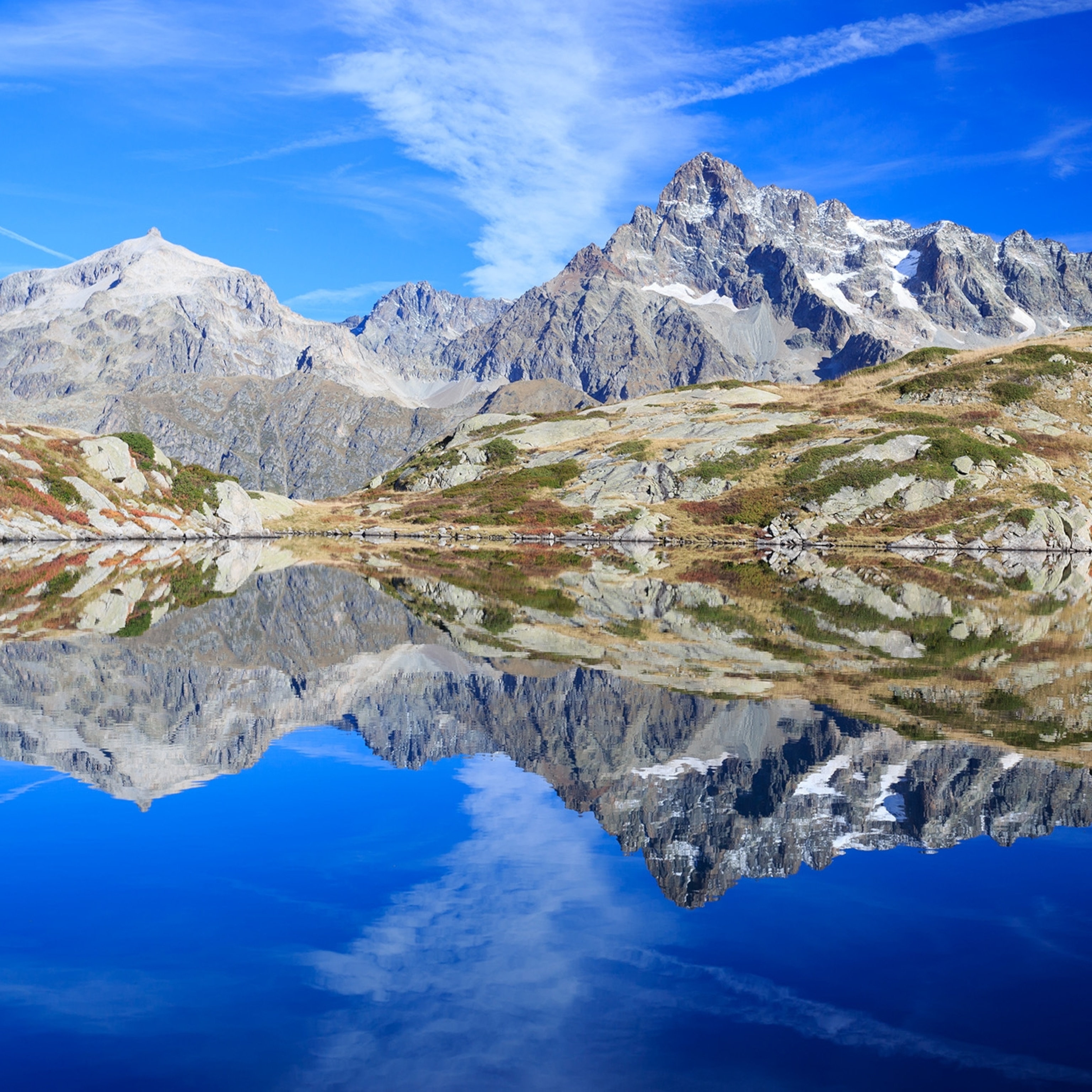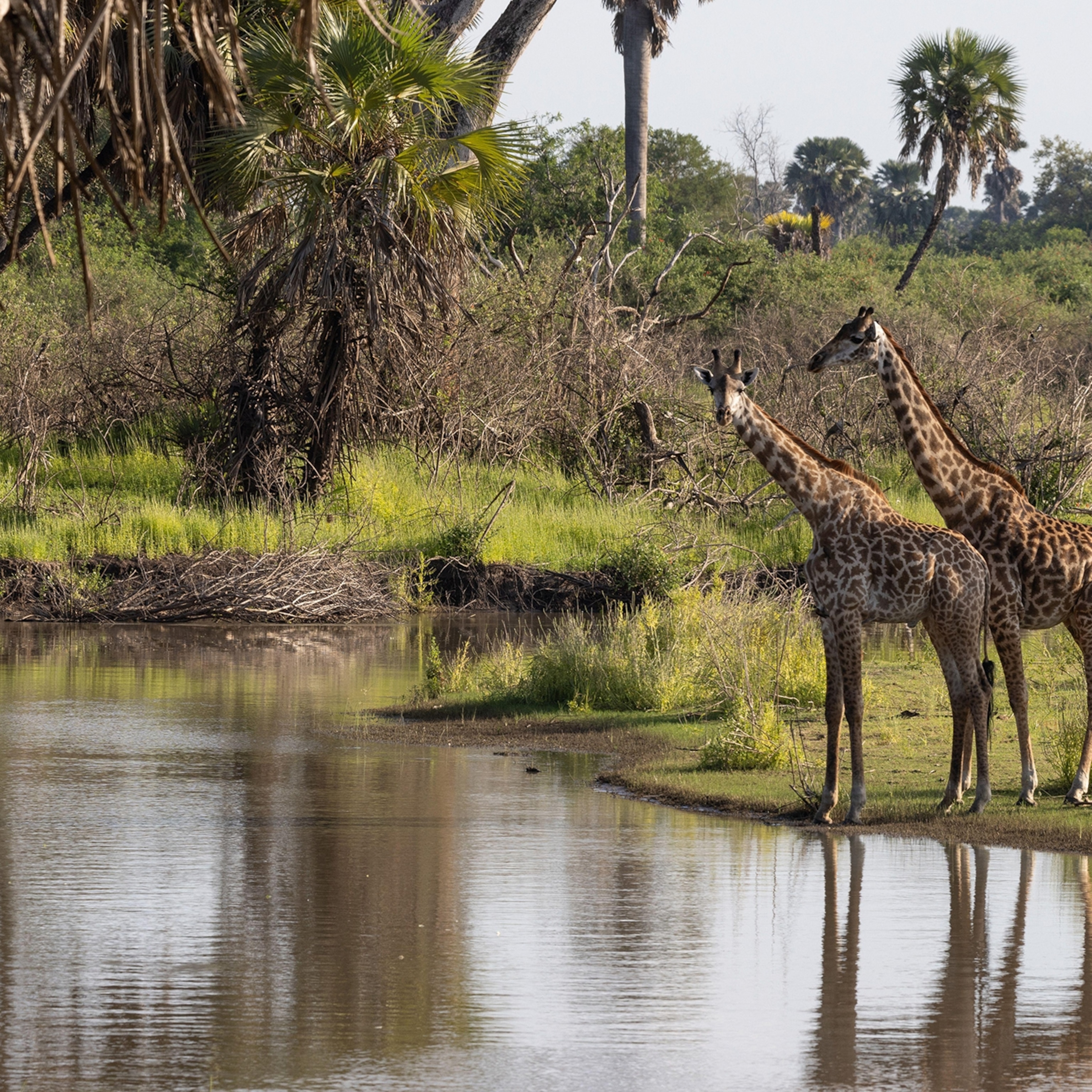Fires feast on a national park in Northern California
This summer’s Dixie fire has burned nearly half of Lassen Volcanic National Park. Discover this park’s amazing history.
It’s not surprising that Lassen Peak has long been overshadowed by Yosemite and Sequoia and Kings Canyon National Parks. Although this summit looms over the Shasta Cascades, in Northern California, the sprawling national park named for it lacks soaring groves of giant sequoias, feathery waterfalls, and glacially carved granite monoliths that challenge the world’s best climbers.
But a series of searing volcanic outpourings that lasted, off and on, from 1914 to 1922 placed this 10,457-foot-tall mountain into the national consciousness.
Lassen’s eruptions were not minor geologic mutterings. They were explosive, furious outbursts that spit pyroclastic flows down the mountain’s northeastern flanks, melting a portion of the peak’s snowcap and tossing about like pick-up sticks an estimated five million board-feet of white pine, red fir, and mountain hemlock forest.
Boulders, some that dwarf those who stand in their shadows, were carried roughly three miles to their resting place in the park’s Devastated Area, an interpretive site 10 miles from the national park’s Manzanita entrance station that portrays the aftermath of those eruptions.
Today there’s a new “devastated area” being created in Lassen, one tracing the furious path of this summer’s Dixie fire, a massive conflagration spotted on July 13 that climbed into the drought-stricken park in early August. Its flames have feasted on the park’s old growth forests, which couldn’t have been more drained of moisture if they had been kiln dried.
“Depending on the day, we’re in a 90 to 100 percent ignition probability,” Lassen Ranger Kevin Sweeney said, referring to the combustibility of the forests under the historically dry conditions. “I haven’t seen it drop below 90 percent since the fire started.”
Dixie has thrust Lassen, once more, into national attention. When the fire reached the park in early August it overwhelmed and destroyed the historic Mount Harkness Fire Lookout that dated to 1931. A number of cabins on the northwest shore of Juniper Lake have been destroyed by the fire that, so far, has burned more than 735,000 acres in Northern California, including nearly half of the national park.
Fortunately, advance prep work and portable sprinkler systems seem to have saved the Drakesbad Guest Ranch in the park’s Warner Valley, though operators of the venerable lodge warned on their Facebook page that, “Dixie is here to stay for a bit longer and she doesn’t care what she takes along for the ride.”
In the line of fire
Although the fire has inflicted great damage to Lassen’s forests, turning some trees into spectacularly flaming torches, they will grow back. The fire also couldn’t alter many of the park’s other wonders. Near Lassen’s northeastern corner the Fantastic Lava Beds, a colorful geologic landscape of cinder cones and cracked lava dotted in places with conifers, and adjacent Butte Lake couldn’t be overrun by Dixie.
Nor could Bumpass Hell, a steaming, bubbling cauldron of aquamarine hot springs, fumaroles, and mud pots that seem to have been borrowed from Yellowstone National Park. The name comes from Kendall Vanhook Bumpass, who reportedly was out looking for cattle when he stepped through the thin crust and into a sulphur pool.
When he returned to camp, he told his partners that, “Boys, I have been in Hell.” His leg was later amputated due to his injuries, according to the National Park Service.
(Inside the political battle to preserve a sprawling national forest in California.)
And, of course, there’s Lassen Peak itself, an example of one of the world’s four types of volcanoes, all of which are found within the park’s borders. While the peak is a plug dome volcano, Prospect Peak is an example of a shield volcano. Nearby Cinder Cone takes its name from that type of volcano, and Brokeoff Mountain is a composite volcano.
It is hoped that, once the fire is doused and the forests resprout, Lassen will fall back into relative obscurity, for it is an arcadian corner of the National Park System that hasn’t quite been overrun by visitors. And its jigsaw-puzzle landscape, with pieces of forest, lava beds, and lakes, are somewhat of a panoramic contradiction, as Freeman Tilden, long revered as the model against which all National Park Service interpreters are measured, noted in The National Parks.
“You walk through a forest of luxuriant pines, to come abruptly against a wall of lava rock,” Tilden wrote. “From the bare flanks of Cinder Cone, you have to go only a short distance to find parklike stands of mature pines growing up through the ash that showered from the crater.”
A cataclysmic history
Touring Lassen is a geological adventure. Walking the half-mile trail that winds through the Devastated Area created by the 1915 eruption offers a chance to see not only the large boulders displaced by pyroclastic flows a hundred years ago, but also football-sized rocks slung by the eruptions from the nearby peak.
(Volcano tourism is booming, but is it too risky?)
Geologists will tell you they are a geologic concoction of black dacite, red dacite, and andesite. Trail-side placards display some of the photos that B.F. Loomis took of the 1915 eruptions, adding more context to the story.
Congressman John E. Raker recognized the significance of the volcanic peak and its rumpled surroundings, and wanted to honor Peter Lassen, a Danish immigrant who settled and ranched in the area, by creating Peter Lassen National Park. In the 1910s Raker carried legislation to combine Cinder Cone and Lassen Peak national monuments, which President Theodore Roosevelt had designated in 1907 and placed under the U.S. Forest Service, into a national park, but found little support.
It wasn’t until 1914 and 1915, when the mountain literally blew its top and Loomis’ dramatic photographs captured some of the eruptions, that Congress and President Wilson took his pleadings to heart. On August 9, 1916, the two monuments were legislatively merged to form Lassen Volcanic National Park under control of the National Park Service that was officially established just 16 days later.
It possibly was fortunate that Lassen’s designation as a national park came just days before the National Park Service was created by Congress and approved by President Woodrow Wilson on August 25, 1916. There already were two other Pacific Northwest volcanoes protected as national parks—Mount Rainier, established in 1899, and Crater Lake in 1902—and Stephen Mather and Horace Albright, the two men given the task of bringing life to the National Park Service, believed there should be a limit to volcanic parks.
“Many people from Seattle to Portland were urging us to make national parks out of every volcanic mountain from Mount Baker to the California border,” Albright recalled of the duo’s work in 1915 to consider candidates for inclusion in the fledgling National Park System. “Mather and I agreed we couldn’t make every peak a park and didn’t have time to inspect them. We already had Mount Lassen...”
It very likely will take a change in weather, fall rains or even snows, to help the 6,000 or so firefighters snuff out the Dixie fire. For Lassen, it’s just another chapter in this volcanic landscape’s long and evolving story.
Longtime journalist Kurt Repanshek is the founder and editor-in-chief of NationalParksTraveler.org, a nonprofit media organization that covers national parks and protected areas.







